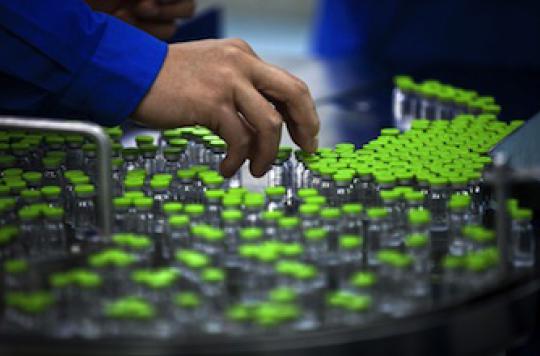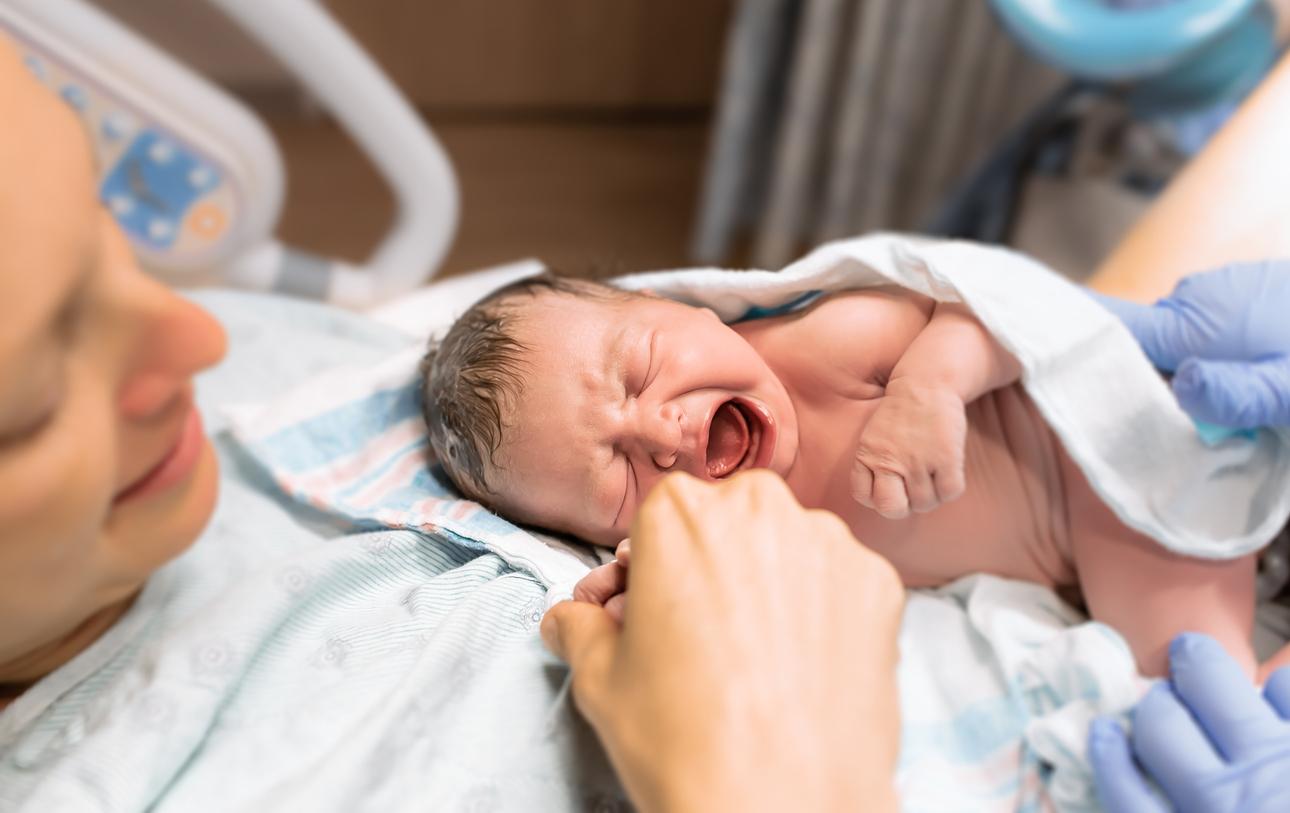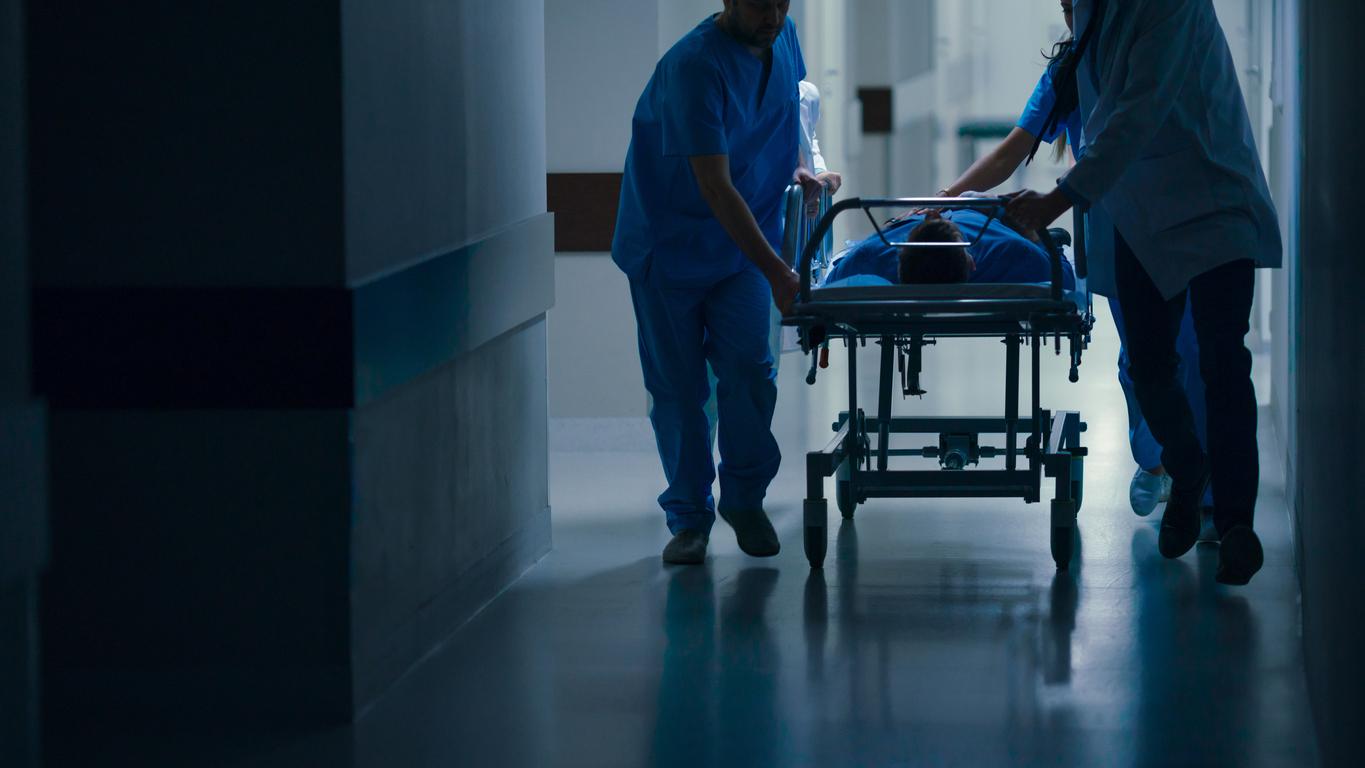Due to a problem in the process of preparing this winter’s vaccine, its overall effectiveness was 50% instead of 75%. However, the benefits of vaccination are not questioned by experts.

Every year, international experts ask themselves the question of the effectiveness of the influenza vaccine. As the French epidemic ends, the evaluation of the efficacy of the vaccine proposed for the 2012-2013 season has already been estimated as part of the I-MOVE study by the European Center for Disease Prevention and Control ( ECDC). In their publication of last February, these experts estimate that the overall effectiveness of the vaccine was 50% this year, against 70/75% usually.
An incident during the very first phase of vaccine manufacture is responsible for this drop in effectiveness. This is the 1time times in the history of marketed vaccines this has happened.
It was when scientists were developing the 3 vaccine strains that make up the vaccine for the coming winter, that a stage in the preparation of the viruses did not go as planned.
The virus strains chosen each year by WHO experts are always upstream, cultivated in embryonated chicken eggs. It was during this stage of vaccine design, even before the pharmaceutical companies received the strains for mass production, that the machine “seized up”. It is not a human error. At the time of the egg culture, strain A H3N2, one of the 3 strains of the 2012/2013 vaccine, transformed. In the end, it no longer quite corresponded to the strain of virus initially selected to compose this year’s vaccine.
Listen to Professor Bruno Lina, Director of the National Influenza Reference Center: ” It was during egg multiplication that the virus changed its hemagglutinin, which is the main immunogen in the vaccine. With this change, the vaccine virus was no longer exactly the same as the one we had initially selected. “
The strain of the A H3N2 virus that ultimately found its way into all vaccine batches that were marketed around the world was not quite the one selected in anticipation of the flu epidemic. “This strain in the vaccine was not completely ineffective, but it has become less immunogenic,” adds Professor Bruno Lina.
In addition, the vaccine also contained two other strains of the virus for which no incidents have been reported. And stroke of luck for France, it is these A H1N1 and B viruses which circulated the most strongly on our territory. On the other hand, in the United States, it is indeed the A H3N2 strain which was the most virulent during this winter. However, the Americans marketed the same vaccine as France.
What are the consequences ? This unpredictable variation in the vaccine could well have health consequences. The H3N2 strain which circulated, and which was therefore not exactly the one present in the vaccine, is a strain which by nature is more dangerous for the elderly. Consequently, it is possible that within a few months, partly because of this incident in the development of the vaccine, an excess of mortality in this fragile population will appear in the winter of 2012/2013.
Listen to Prof. Bruno Lina : ” This could have an impact in terms of excess mortality observed during the flu epidemic. If this is the case, we can establish a causal link between a vaccine that is less used, a little less effective, and a larger-than-expected influenza epidemic. “
Could this incident be avoided? ” Of course, we knew that this phenomenon of unexpected variation of the virus was possible. To my knowledge, this is the first time that this has happened on batches of vaccines on the market. But, it was scientifically impossible to anticipate it, explains Professor Lina. Hemagglutinin is a molecule that has 1000 amino acids, and there is one that has changed. It was impossible to predict the impact it would have ”.
When this error was identified, why did we not backtrack? The process of preparing the virus strains for the vaccine and sending these strains to the vaccine producers takes 3 to 4 months. By the time experts realized this variation of the H3N2 virus, it was too late. It was then no longer possible to consider restarting the process from scratch. The vaccine batches would never have been available on time, and when it comes to influenza vaccination, time is always running out. Populations at risk of having a severe form of influenza, or even of developing complications, must be vaccinated before the viruses circulate. Especially since once the person is vaccinated, there is still a period of 15 days for the antibodies to develop in sufficient quantity and provide protection.
Could this incident happen again? A priori concerning the H3N2 strain, the scientists have completely analyzed what happened and they have already done what is necessary to ensure that this does not happen again. A new vaccine virus H3N2 is ready, with a little advance this time, and this one, it is certain, does not change at all during the culture in egg. As for other strains of virus …
Listen to Prof. Bruno Lina : “On the H1N1 virus a priori, we are quiet, it is the same that we use now for several years. On the H3N2 we are quiet, but as long as the strain does not mutate and that we can not predict today. “
.















